Content marketing is the backbone supporting all other types of marketing initiatives.
If you want to improve your page rankings, good quality content can help you do that. If you are running an influencer campaign, you will have them post good quality content for you. Your social media marketing strategy would fail without creating and posting attention-grabbing content on your social media handles.
In fact, content marketing is so versatile that it can help you achieve numerous marketing goals. According to a CMI report, here are some of the key objectives for which marketers use content marketing:
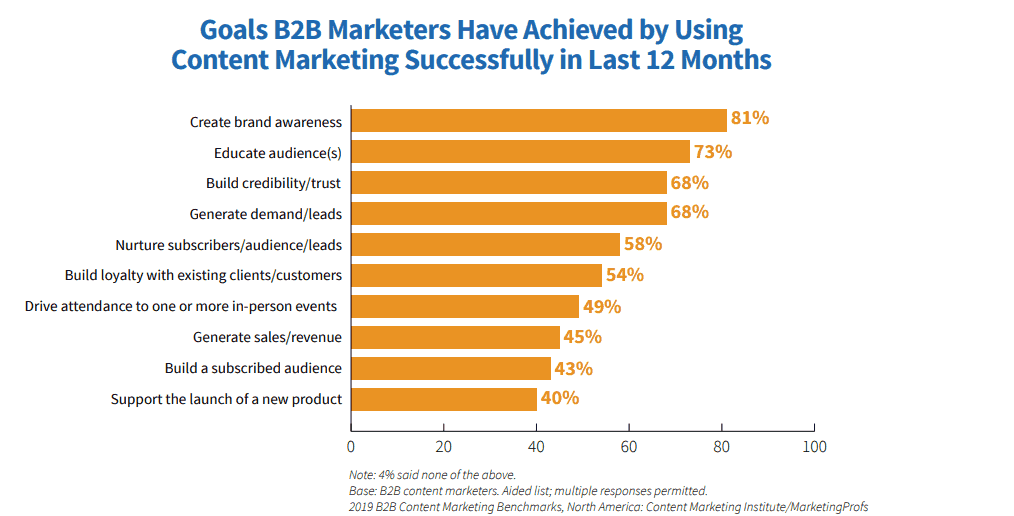
Content marketing has proven to be one of the best marketing tools in my arsenal as well. It has helped me not only to spread brand awareness but also get quality backlinks for my website.
Read this case study to learn how I used content marketing to get quality backlinks, boost website traffic, and get high search rankings.
Table of Contents
Objective
The objectives of my content marketing campaign were multifold:
- Increase the number and quality of backlinks
- Build a social media presence and gain recognition in the industry
- Get my web pages to rank higher in search engine search results
- Boost website traffic
Challenges
Very Few Backlinks
Back in 2016, my website was not getting any backlinks and even by mid-2017, the number of links was very low (~5,170).
Poor Social Media Presence
My presence on social media was minimal and the traffic coming to my website through social media was very low. In 2016, the total social media traffic to my website was just 2K.

Solution
1. Targeting Keywords for Which My Competitors Were Ranking Low
I specifically targeted keywords that were relevant for me and for which my competitors were ranking low. This allowed me to identify the white spaces in the industry where I had an opportunity to create quality content.
I used tools like SEMrush to conduct this analysis and track my competitors’ rankings for various industry keywords. Following is a screenshot from one such competitor analysis to identify keywords for which the competitor was ranking 10 or lower.
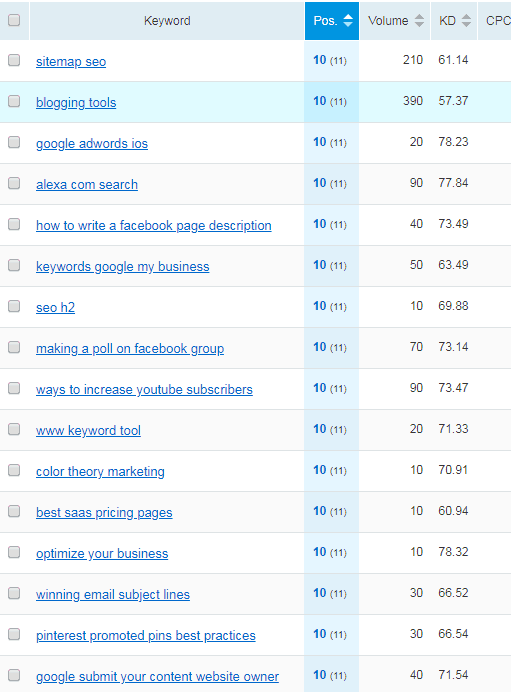
2. Original Content Creation
I started writing a lot of original content focussing on key industry topics and pain points. I wrote content for my own blog and also did numerous guest posts.
Some of the key types of content that I create are:
- Expert Roundups – I posted several expert roundup posts on my blog that were aimed at solving some of the most-asked questions in the industry.

- “How To” Content – I also wrote several “how to” posts that were aimed at solving the key challenges and pain points for my industry niche.
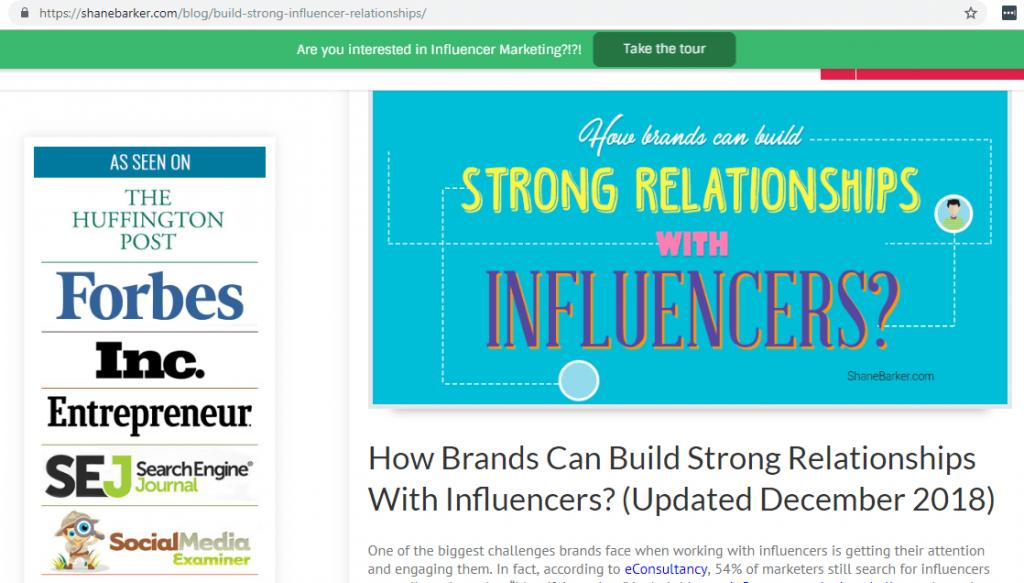
- Free Resources – I also created some free industry resources and content for my viewers, to help them with their challenges.
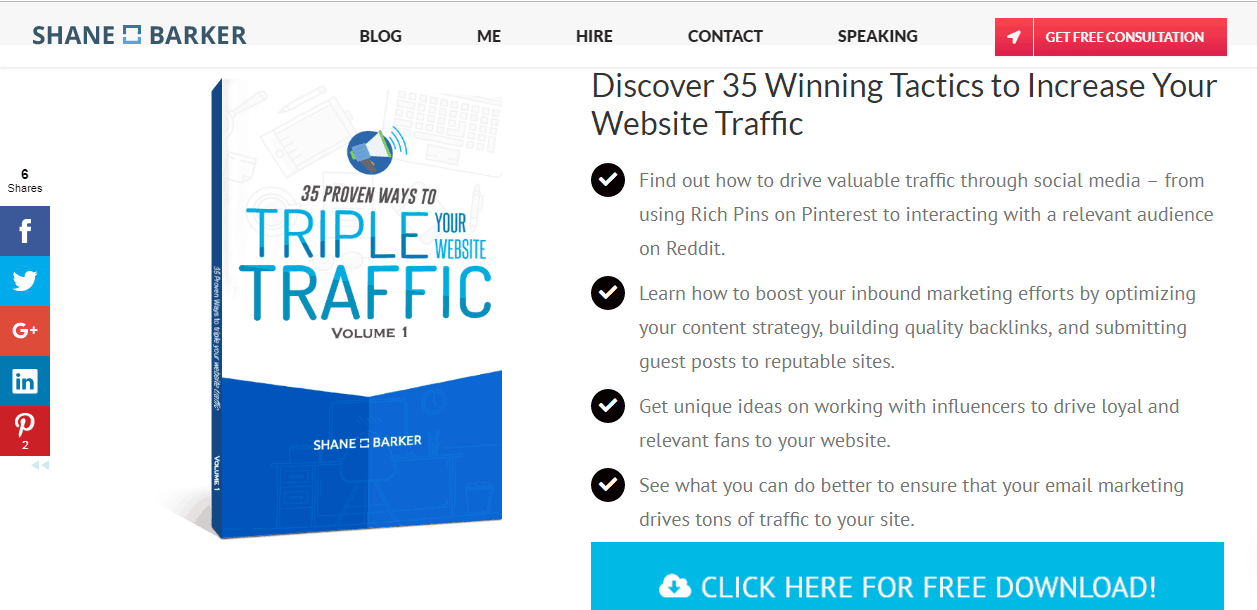
3. Content Optimization
I optimized all content on my website to improve the search rankings for my pages. I ensured that all website content was of high quality and had proper tags and meta descriptions.
For example, consider this blog post with the keyword “influencer marketing goals.” I have optimized the content for the primary keyword and included the keyword in the URL, titles, and headings.
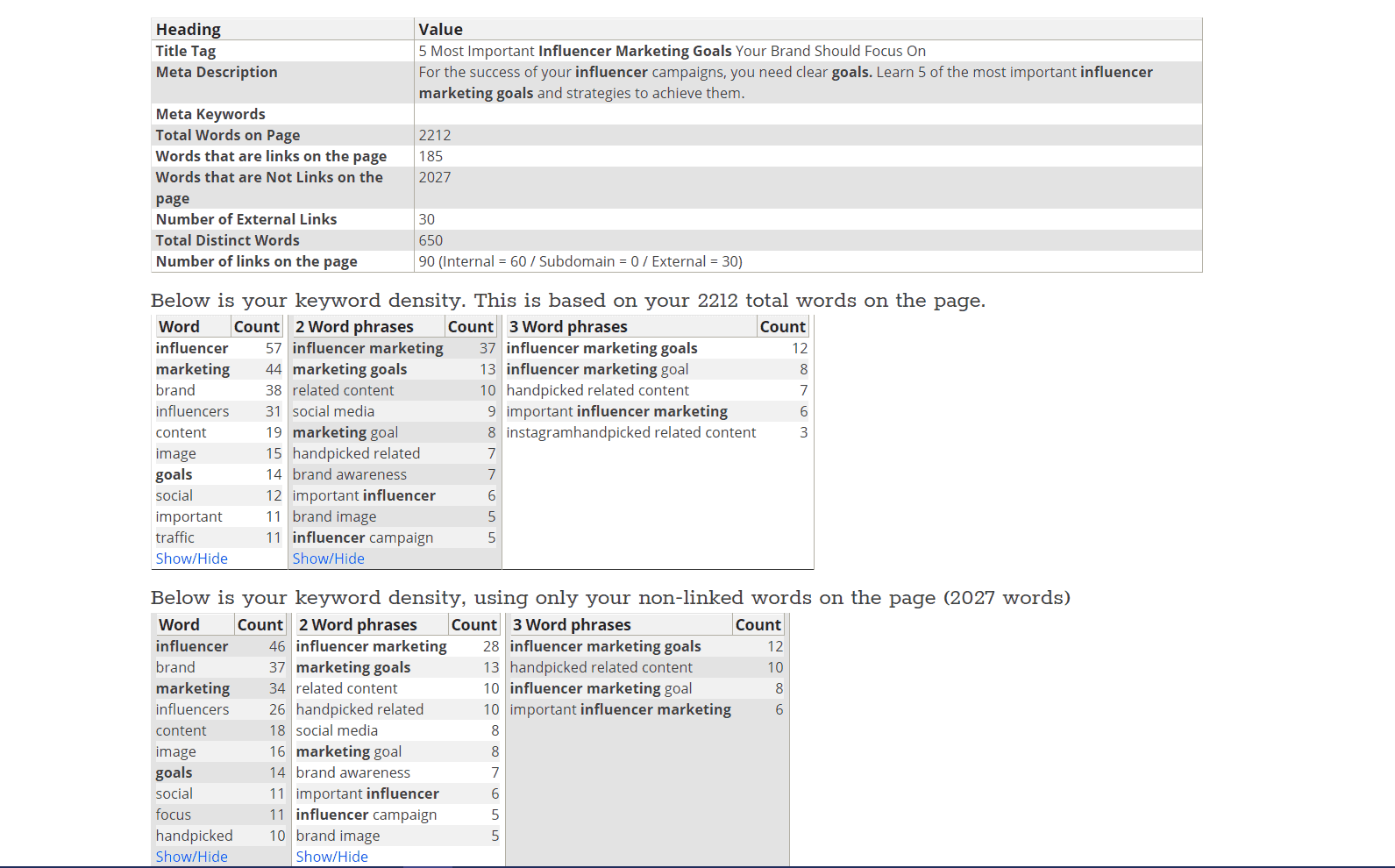
4. Keyword Analysis and Selection
I also spent a good amount of time to research the most relevant keywords for my content and targeted the ones that could get me the best search results.
I checked the keyword difficulty scores of various keyword categories and analyzed 1000+ long-tail keywords. Using the right keywords, I was able to improve the search rankings for my web pages.
5. Content Syndication
Apart from posting content on my blog, I also used content syndication and curation websites like Medium, Quora, and LinkedIn Pulse.
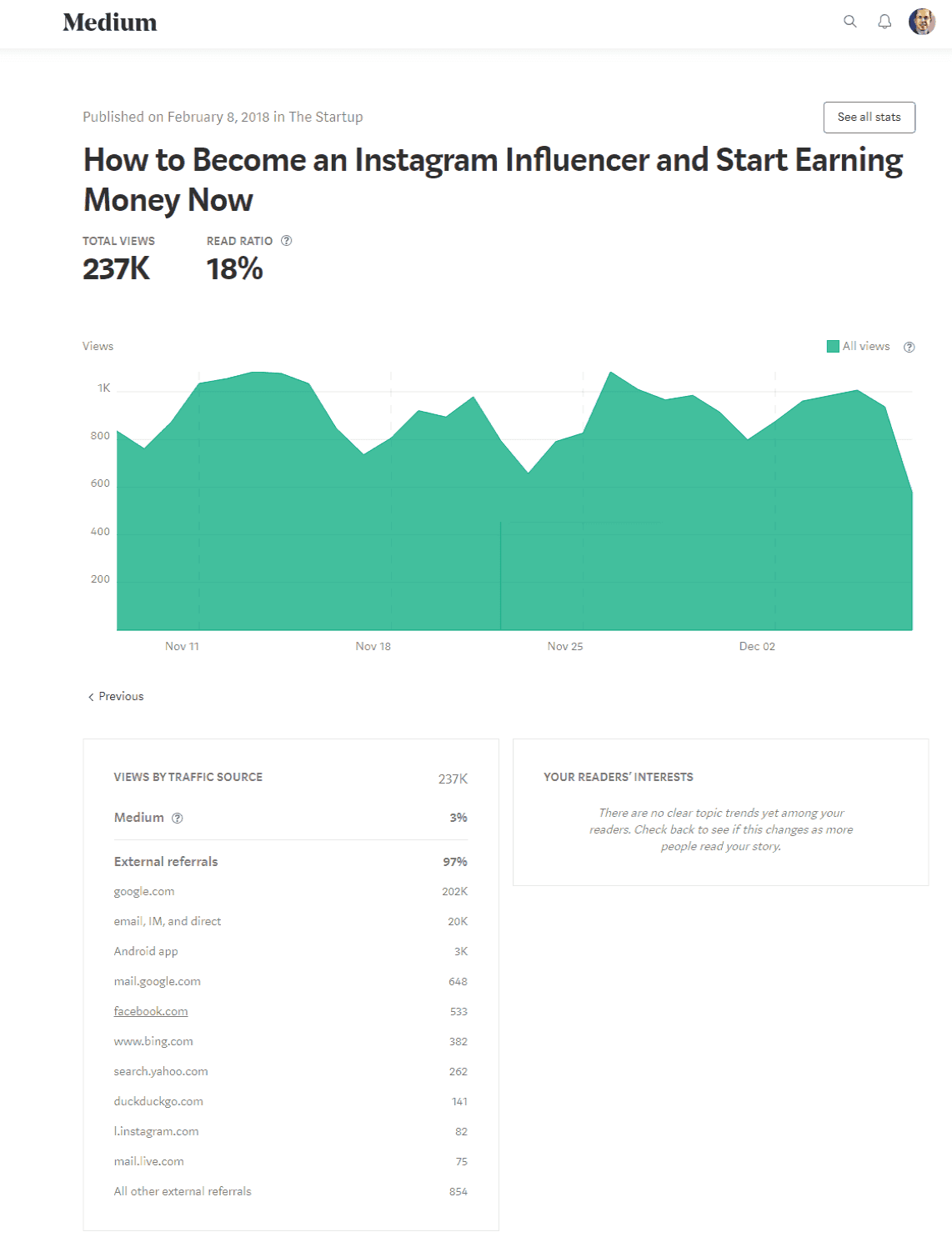
This strategy helped me reach a broader audience and get more referral traffic.
6. Increase Content Credibility and Gain Audience Trust
I always ensure that I include examples, statistics, and data from credible sources to support the points in my content pieces. I also provide a link to all such statistics and research data used in my content pieces.
7. Regular Content Posting on Social Media
I consistently post content on all my social media profiles. This helped me build a good social media presence and get followers.

8. Experiment With Multiple Content Formats
I do not limit myself to just blog posts or guest posts, but also create and post other types of content as well. I have created several infographics, videos, case studies, and several other types of content.
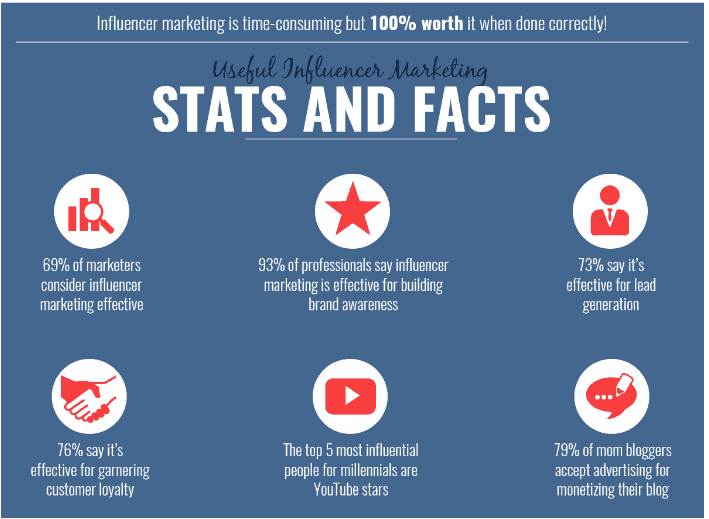
Results
Here are some of the key outcomes of my content marketing initiatives:
- Content marketing helped me boost traffic to my website. As you can see from this report that the top sources driving traffic to my website are blogs. And that too is organic traffic.
Image Source: Google Analytics
- Due to the quality improvement and SEO measures I took to optimize my web content, many of my posts rank on page 1 of Google search results.
And some even feature in rich snippets, which is a testament to the quality and relevance of my content. For example, my post on automated link building features in rich snippets.
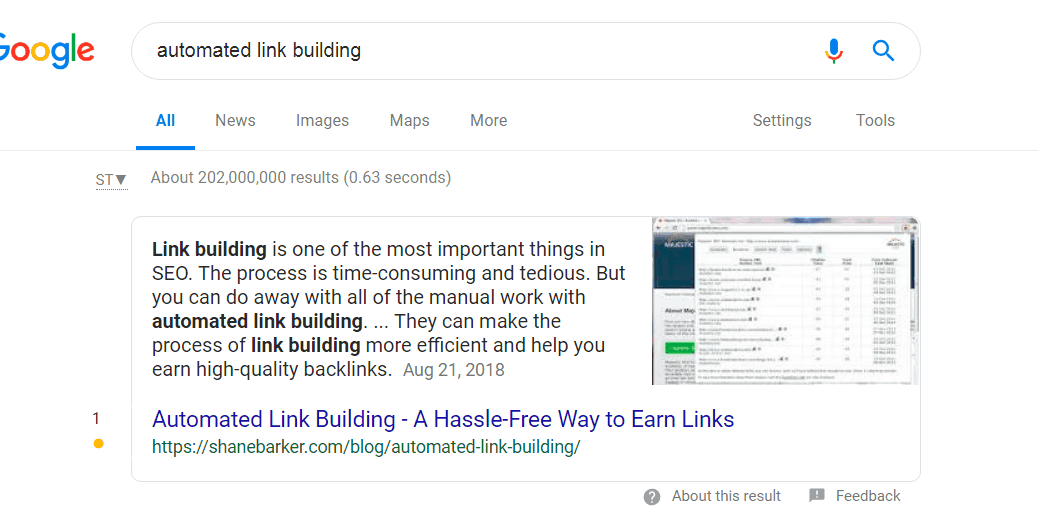
I published this post on August 21, 2018 and since September 11th, it has continuously ranked on first page snippets, without requiring any link building.
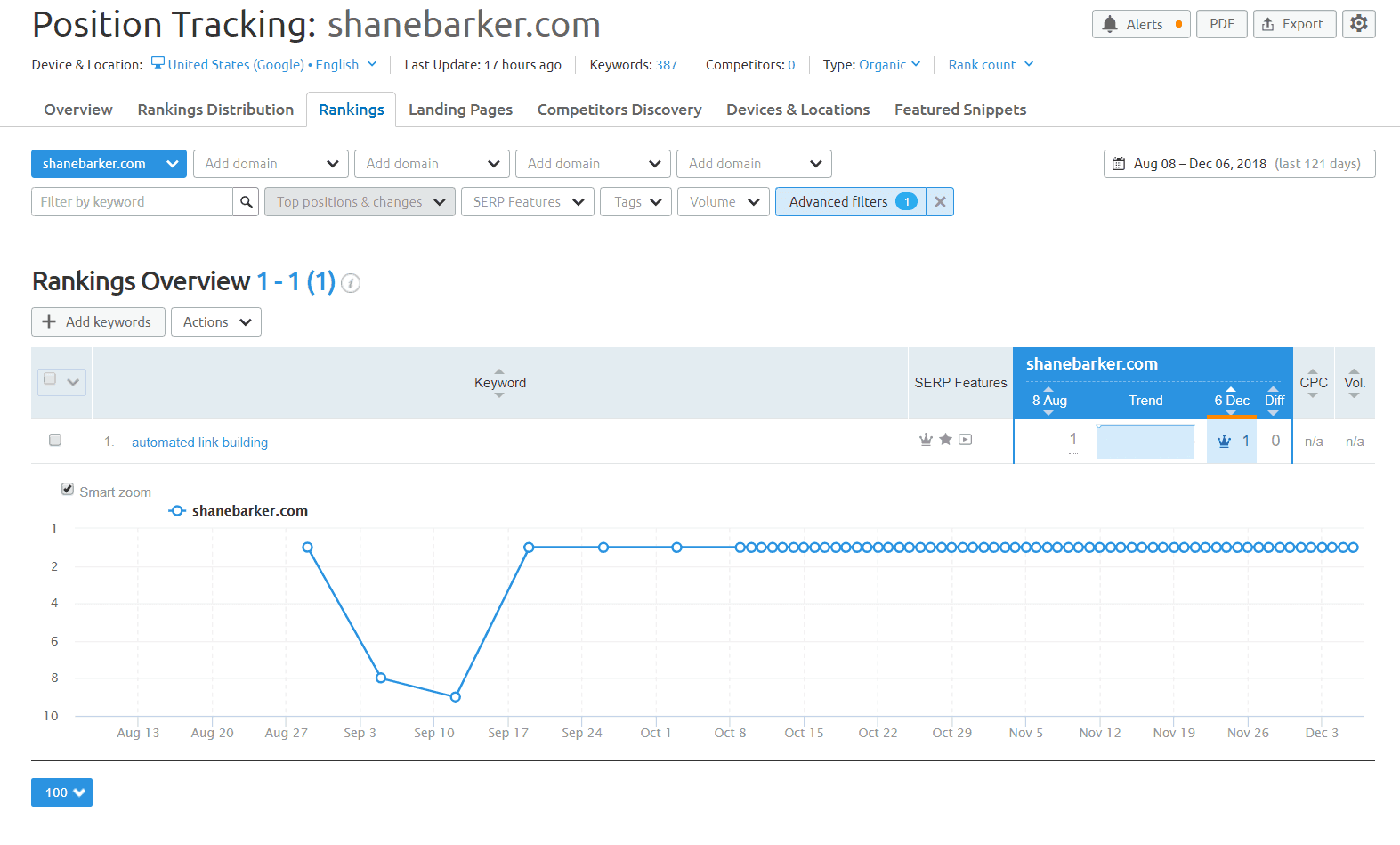
- Consistently posting good quality social media content helped me build a good social media presence and drove a lot of social media traffic to my website. The number of sessions from LinkedIn grew from mere 686 in 2016 to 16K in 2018. The number of sessions from other sources also grew multifold.
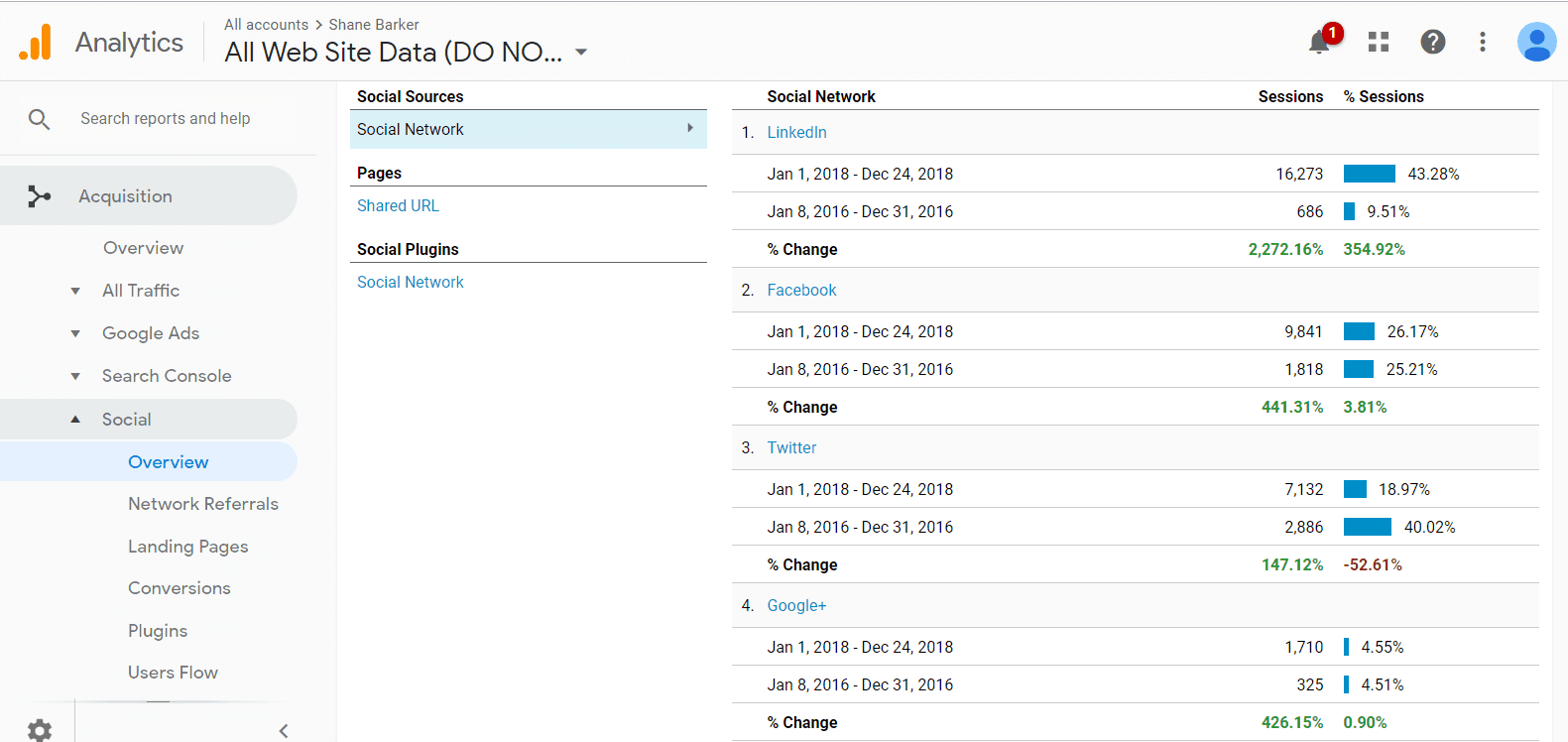
- Content marketing initiatives also helped me increase the number of backlinks for my website.
Conclusion
Content marketing has been instrumental in helping me achieve my marketing goals. If done right, content marketing can boost other types of digital marketing campaigns like SEO or social media marketing.
If you have any questions on how to best leverage content marketing to achieve your marketing goals, feel free to contact me. Or you can add your questions and comments in the box below.

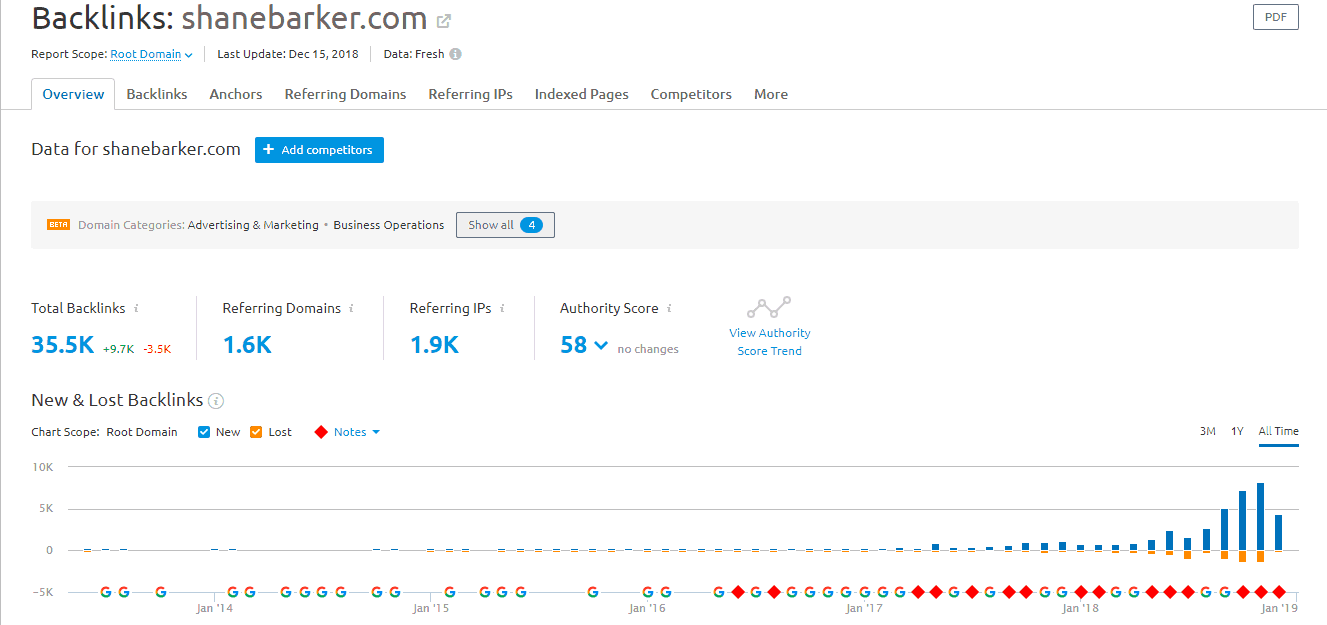
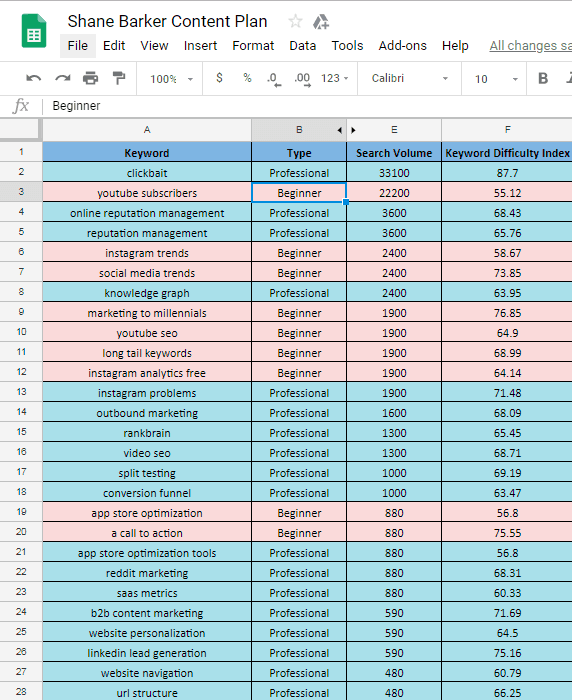
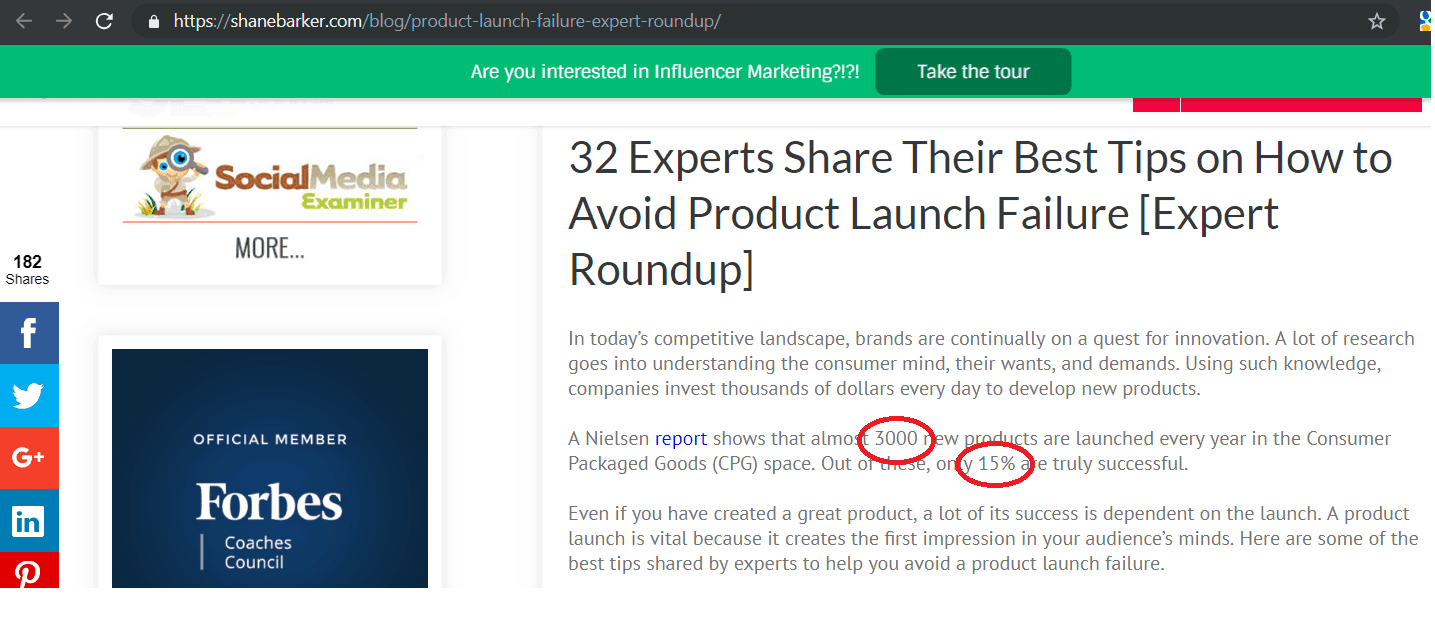

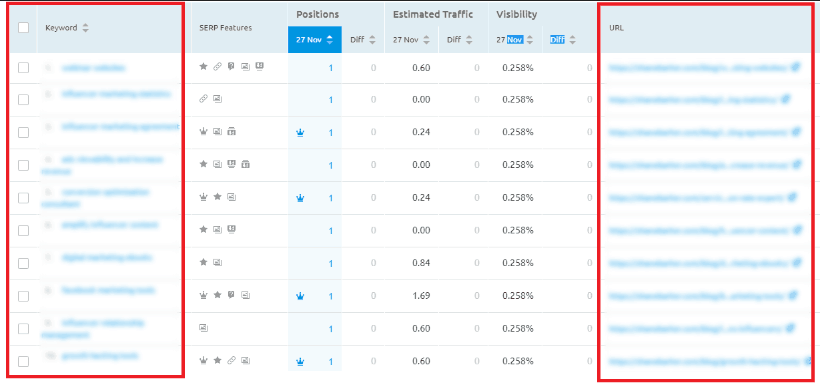
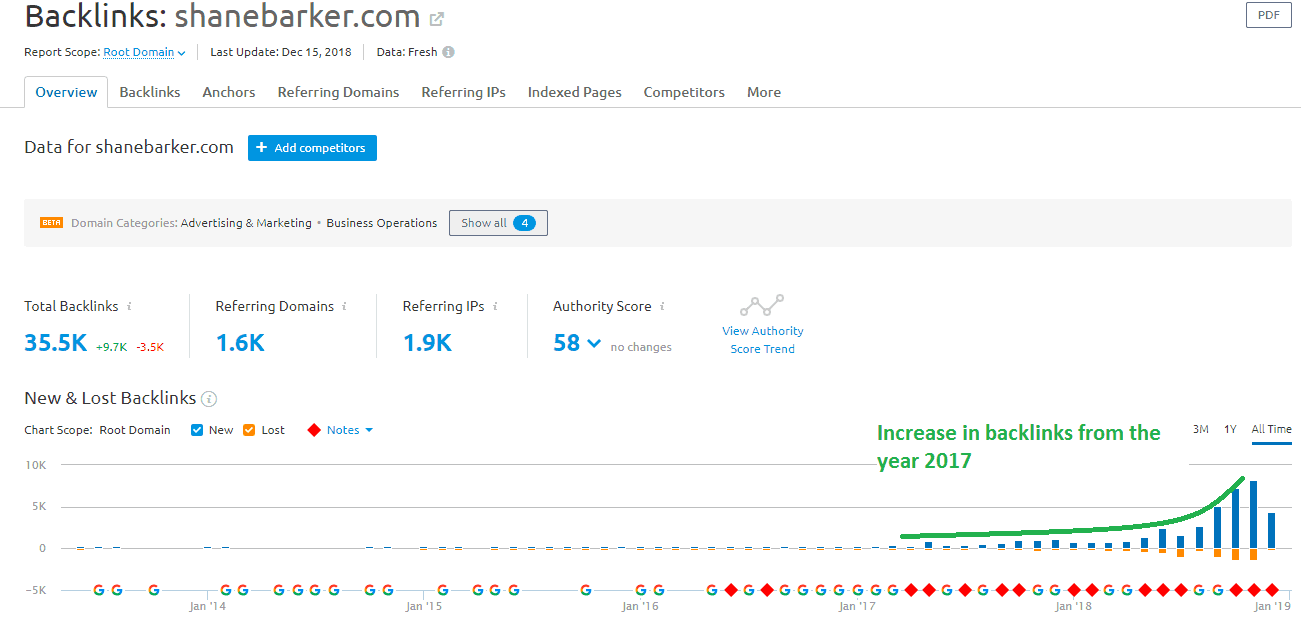

![21 awesome ecommerce content marketing examples for [year] 40 21 awesome ecommerce content marketing examples](https://shanebarker.com/wp-content/uploads/2021/12/100_-21-Awesome-Ecommerce-Content-Marketing-Examples.jpg)





Great article, this post is very really informative.
Thanks for the informative post about how to use content marketing to boost search rankings.